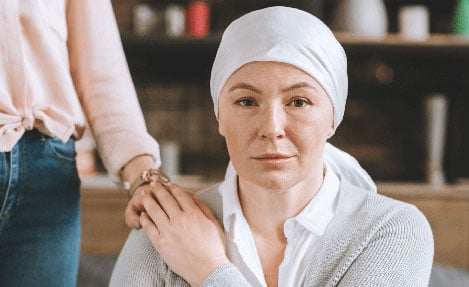Ohio doctors and scientists have collaborated in a promising human trial that used sophisticated technology to allow a man with paralysis to use his hand, according to a recent article in The New York Times. This research could potentially lead to more independence for those who have lost use of their limbs through brain or spine injury.
In a previous post, we shared information about a similar Australian medical research project. In that study, a small brain implant would send signals to a shoulder implant that would in turn send wireless movement commands to bionic limbs. Already tested on sheep, human trials are scheduled for 2017.
Regaining independence: Hand movement is an exciting step forward
In the new Ohio research, a college student who had broken his neck in a diving accident five years ago volunteered to participate in the two-year experimental study of technology that uses a brain implant to transmit movement signals through a computer program to a specially designed arm sleeve. The brain chip can actually record the signals from individual neurons as they fire in the brain.
This so-called bypass technology — because the brain signals bypass the damaged nerves — allowed the man to control his right hand well enough to eventually pour liquid, pick up a straw and use it to stir, and play a guitar video game.
The progress was slow and involved intensive practice. The researchers acknowledge that much more must be done to “provide significant mobile independence,” according to The Times. Still, the study is the first report of actual limb reanimation in someone with quadriplegia.
The study is published in the science journal Nature.
The New York City attorneys of Weisfuse & Weisfuse, LLP, applaud the work of the medical researchers in these studies and hope that the firm’s clients with paralysis will eventually benefit from such technological advances. Perhaps one day soon such therapies will have become a routine part of medical treatment for these injuries.
















